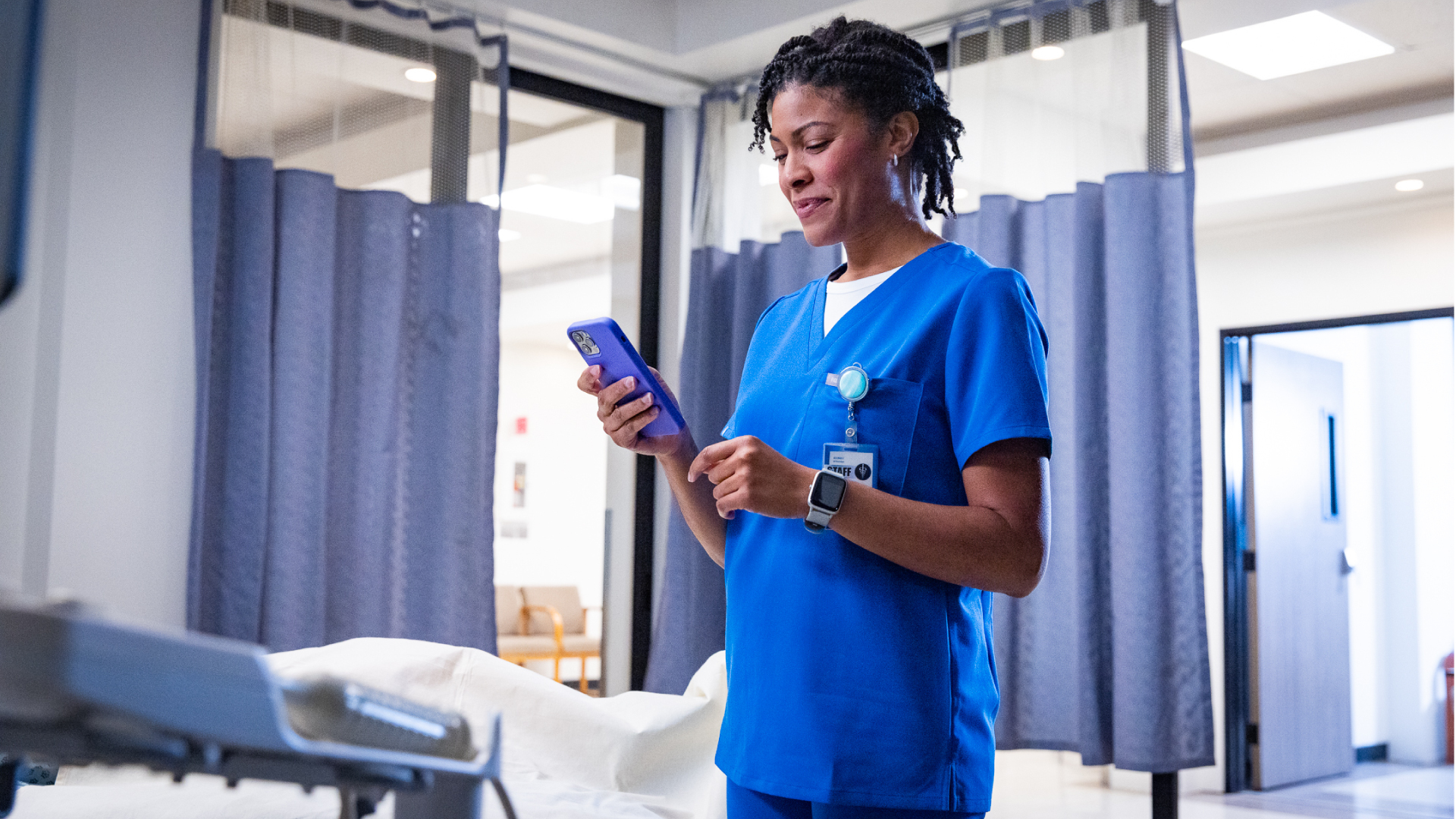When Do You Use POCUS?
Category
Blog
Date
July 29, 2021
Source
Exo

Point of care ultrasound or POCUS makes accurate, timely, and effective diagnoses, most commonly used in situations that require quick action, such as helping to diagnose a patient with chest pains. As part of the POCUS ecosystem and when time is of the essence, a POCUS workflow is essential to facilitate point-of-care use among clinicians.
What is a Point of Care Ultrasound?
Before we jump further into when/where someone can or should use a portable ultrasound device, we want to give a brief crash course on POCUS. This technology allows doctors to conduct ultrasounds at the point of care, eliminating the need to move a patient to another room or facility. This is a great advancement for many reasons, especially having the ability to perform all of the functions associated with an ultrasound at your fingertips so proper care can be administered quicker.
What Can You Diagnose with POCUS?
POCUS provides numerous benefits for both the patient and medical staff. This medical device can help diagnose various medical conditions, including but not limited to blood clots, gallstones, heart issues like palpitations, and lung conditions. The reach of POCUS does not stop there; let's take a look at some other point of care ultrasound uses.
- Diagnostic: This is one of the most common formats for a POCUS machine to be used. It can help a medical professional accurately diagnose medical conditions or diseases.
- Physical Exam: During a physical exam, a doctor would be able to use POCUS to quickly discover if a mass located on a patient's body is cystic or a solid structure.
- Procedural: POCUS technology can also be used to help identify the most effective and safest place for needle insertion to take place.
- Multi-Organ Scans: When attempting to diagnose or treat a patient, having the ability to scan multiple organs at once can paint a clearer picture and better inform a physician’s next steps. For example, POCUS devices can be used to better understand if a patient's hypotension is due to blood loss, heart failure, or another organ working improperly. Check out this chart to get a better idea of the multi-organ scan applications POCUS can assist with.
Reading through the many use cases for POCUS can leave many medical facilities that already have a traditional ultrasound machine to wonder if it is worth the money and effort to bring POCUS into their operation.
The answer is simple. These portable ultrasounds can help supplement existing equipment right at the patient's bedside and for a fraction of the cost. A conventional ultrasound can cost tens of thousands of dollars, whereas a POCUS device can start at around the $2,000 range.
Who Uses Point of Care Ultrasounds?
The immediate use for POCUS would be for hospitals hoping to expand their level of care for patients in need. While this is indeed one group that gains value from POCUS, this type of ultrasound is not only for hospital use. POCUS devices can also be used in settings like:
- At-home visits by a medical professional
- Free-standing EDs
- Aboard a helicopter on the way to a medical facility
- Ambulances
- Clinics
Point of care ultrasound systems provide a level of flexibility for medical professionals that lets them act as swiftly as possible. Imagine someone is critically injured and must be driven 45 minutes to the nearest hospital. Upon arrival, they must then wait for an x-ray, cat scan, ultrasound, etc. It could save time and lives if you had a portable ultrasound in the ambulance, allowing the EMTs to see what is going on inside the patient before arriving at the hospital.
Exo Works™: POCUS Made Easy
Our mission is to make ultrasound available to everyone and ensure anyone in healthcare can easily use this technology. This will lead to life-saving diagnoses. The team at Exo created Exo Works to operate as an intelligent and intuitive ultrasound workflow solution, allowing medical professionals to document exams in seconds and easily manage QA from anywhere. With a solution like this, you can go back to focusing on the truly important thing: your patients.
To learn more, contact us today.